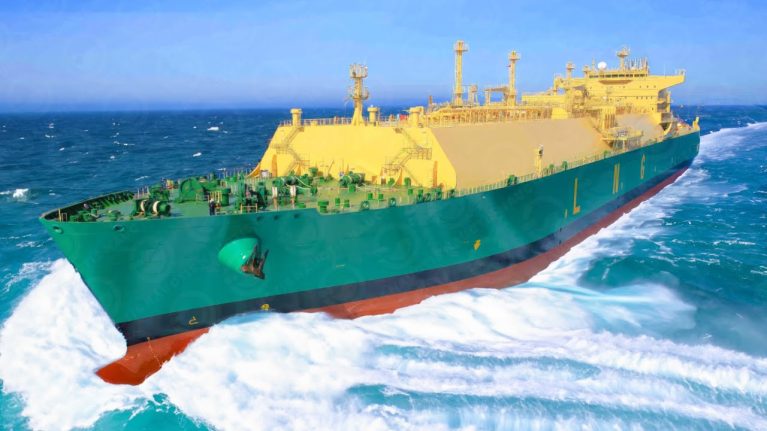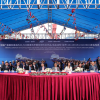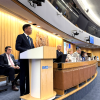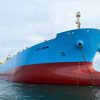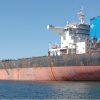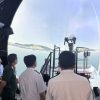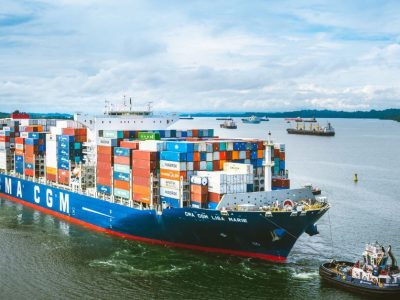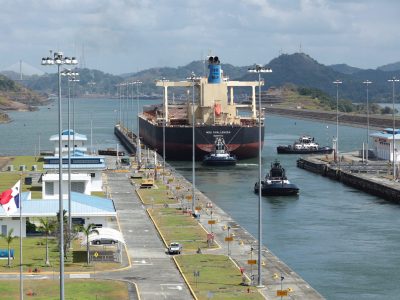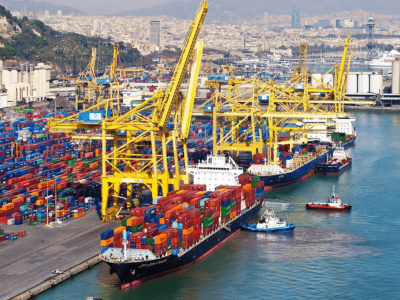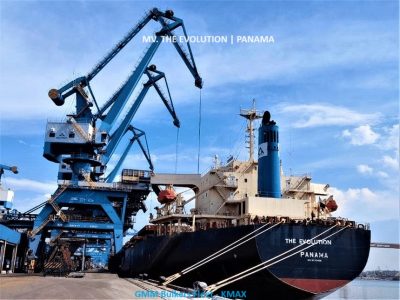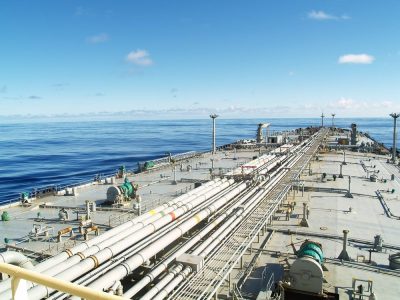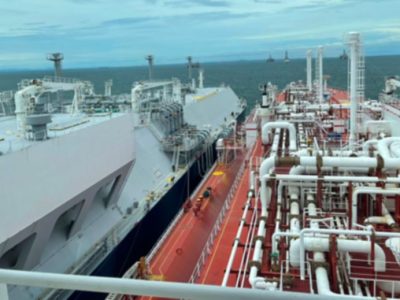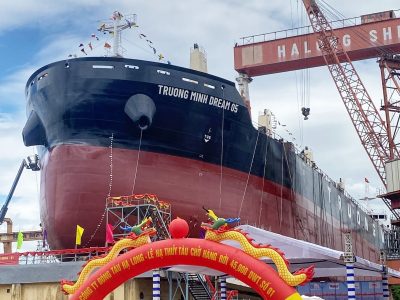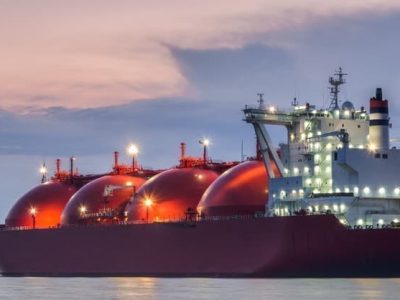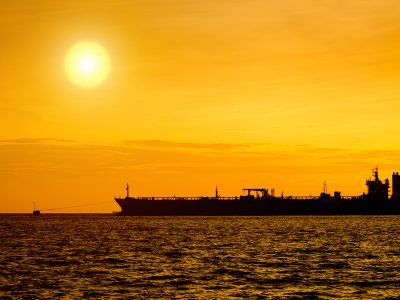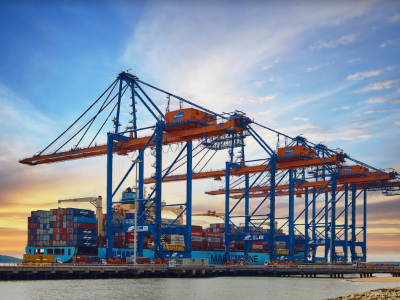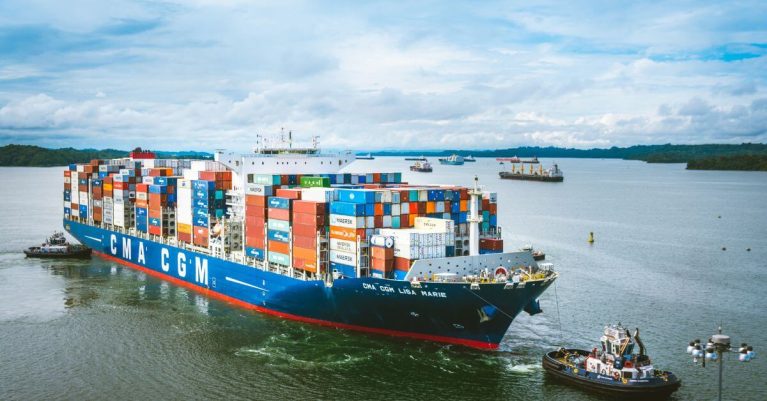By GMM Training | 2024-02-07 | Case Studies |
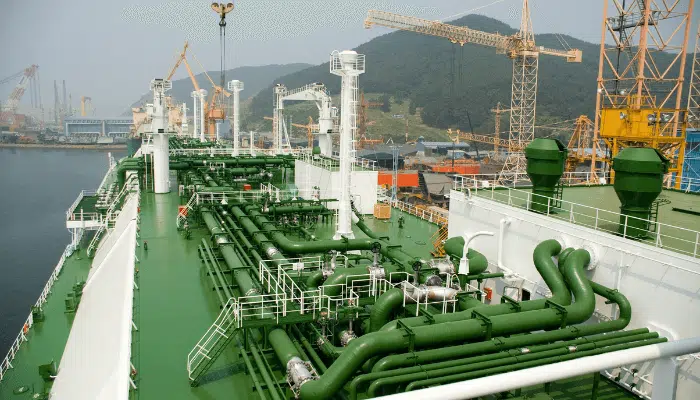
An LNG tanker was proceeding in the open sea at a speed of approximately 21 knots in good visibility. At 05:14 the lookout spotted a light and reported it to the OOW as a ‘fishing boat’, approximately 5 degrees to port. About 22 minutes later, the lookout reported that the fishing boat was right ahead and that he believed that it was close to their vessel.
The OOW used his binoculars to try and estimate the distance of the fishing boat. He believed that it was still quite some distance away. However, the lookout’s assertion that the fishing boat was close raised some doubts in his mind. As a result, the OOW made a small alteration of course to starboard to avoid having the fishing boat right ahead and to clear it visually from the vessel’s vent masts.
Five minutes later the lookout reported the fishing boat ahead once more and suggested to the OOW that it was now crossing from port to starboard. The OOW determined visually that the fishing boat was indeed crossing from port to starboard and made a two-degree alteration of course to port to put it fine on the starboard bow. A few minutes later the OOW again altered course to port a few degrees to a new course of 239°.
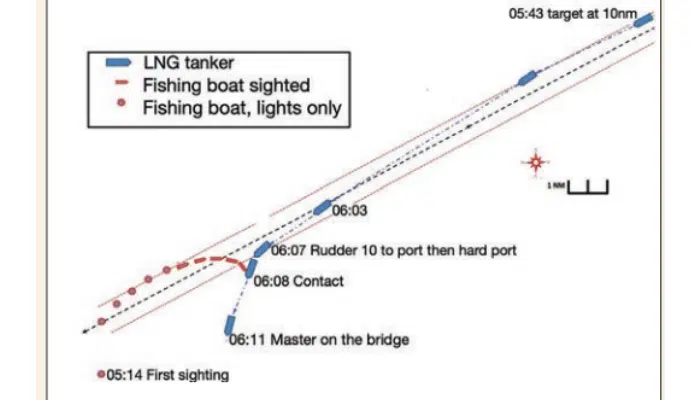
The fishing boat now appeared on the radar right ahead and was acquired. It was 7.6 nm away, making a speed of 5.5 knots. Soon, clearer visual contact was made with the fishing boat and both the OOW and the lookout observed green and red navigation lights. The OOW started giving light signals to the fishing boat using the bridge Morse light as per the collision regulations.
At 06:03, the fishing boat now only 1.7nm away, was seen to alter course further to starboard showing only its red light. The OOW deemed this to be an attempt by the fishing boat to cross ahead of them. Finally, the OOW ordered hand steering engaged and ordered 10 degrees to port and then hard port. Shortly after the fishing boat disappeared from view from the conning position.
The OOW went out onto the starboard bridge wing and observed the fishing boat in contact with their vessel mid-ships. He ordered the helm hard to starboard to help move the stern away from the fishing boat. The fishing boat’s port bow came in contact again in way of the tanker’s starboard engine room water ballast tank and then cleared. The OOW called the Master, and it was confirmed that the fishing boat was intact, and the crew were not injured.
- The OOW did not use all available means to determine if risk of collision existed. For example, he did not take compass bearings of the light when it was first reported to port and as the range decreased.
- At a critical decisional moment, with the fishing vessel 7.6nm away and clearly on a reciprocal course the OOW decided to alter course to port – but only by a few degrees. With a closing speed of about 26 knots this meant the vessels would meet in about 3.5 minutes. Now was the time for an alteration to starboard large enough to be readily apparent to the fishing vessel.
- Hand steering was not engaged until virtually the very last moments before contact. Given the situation and the levels of risk, it would have been more appropriate to do so much earlier.



